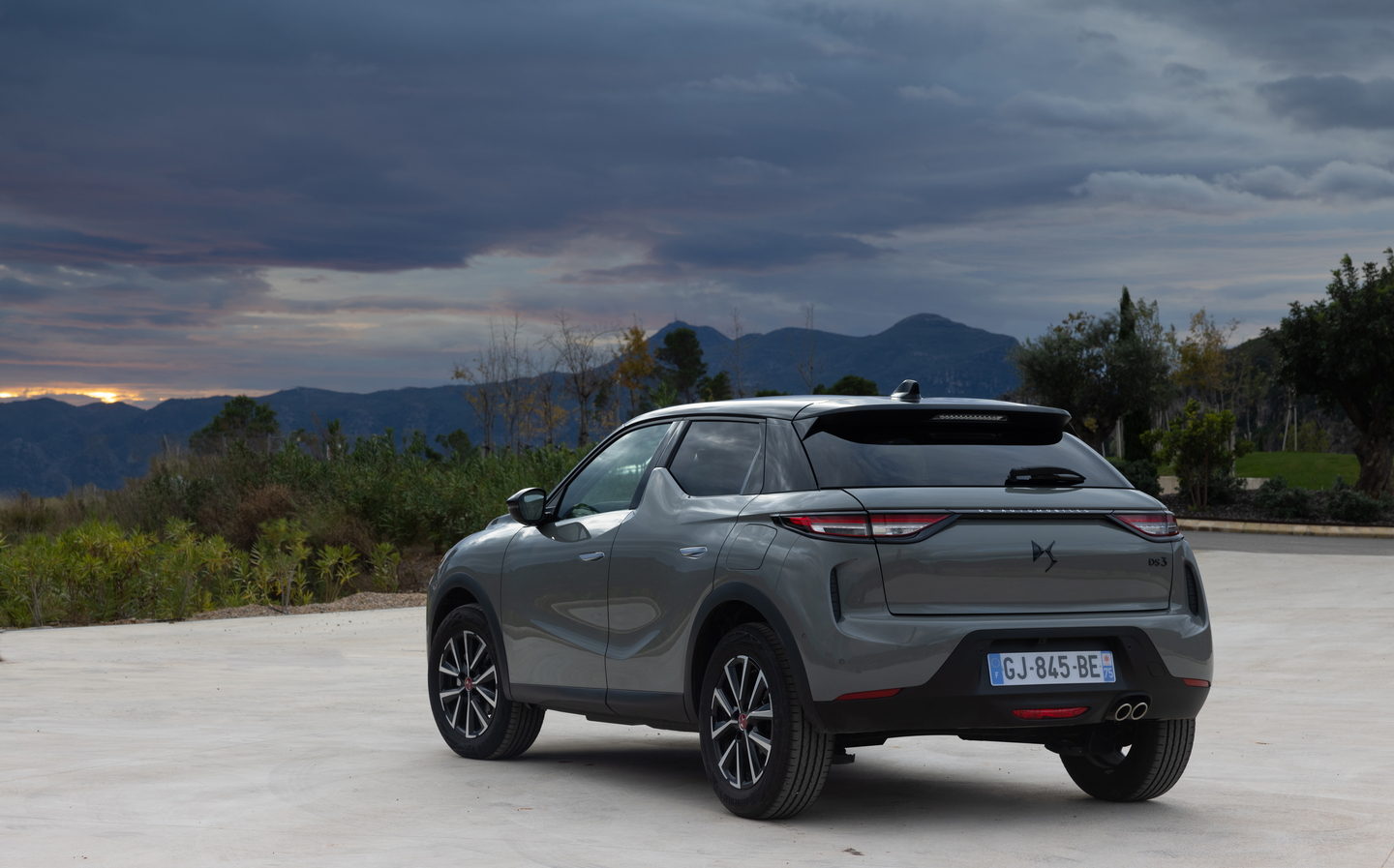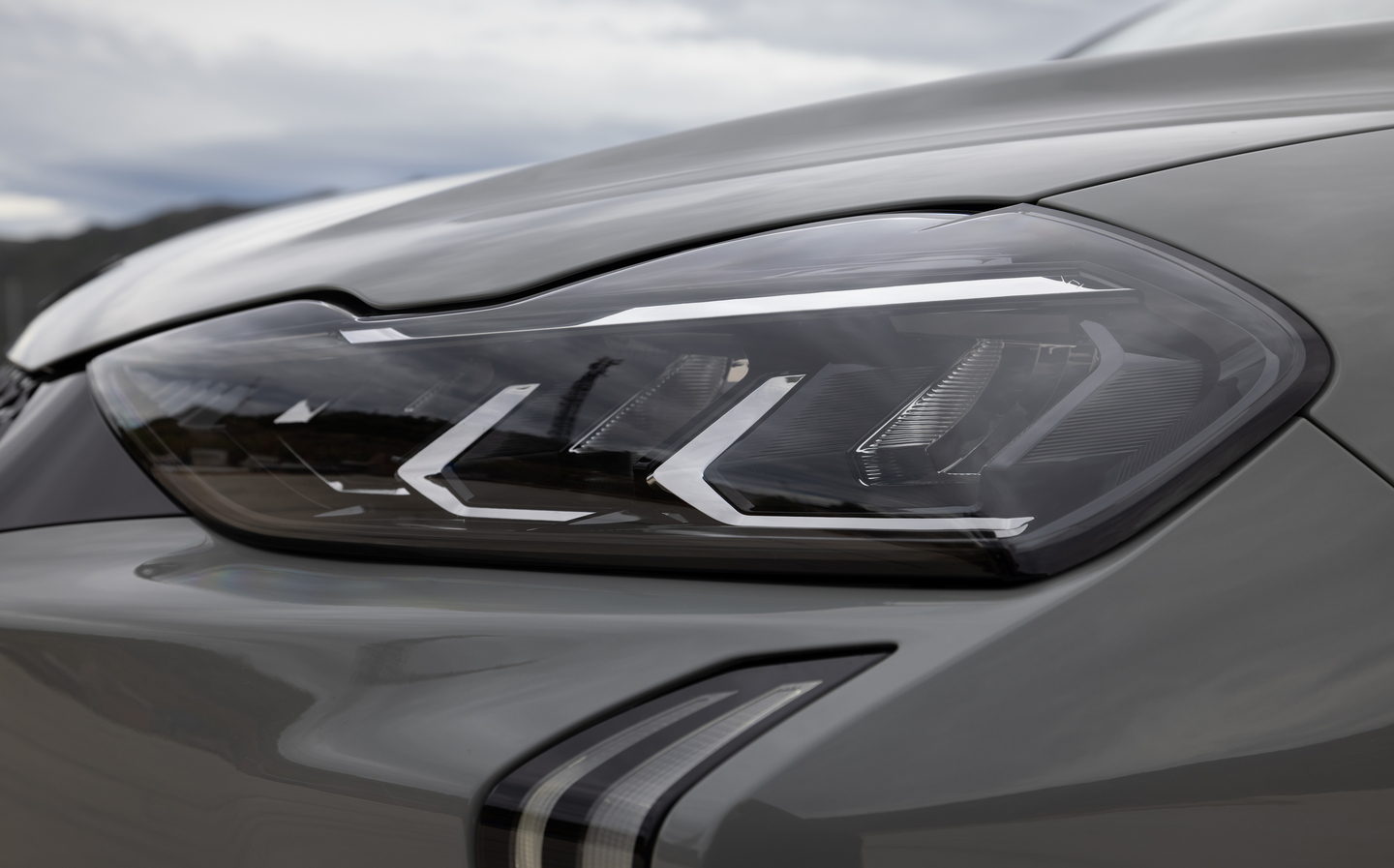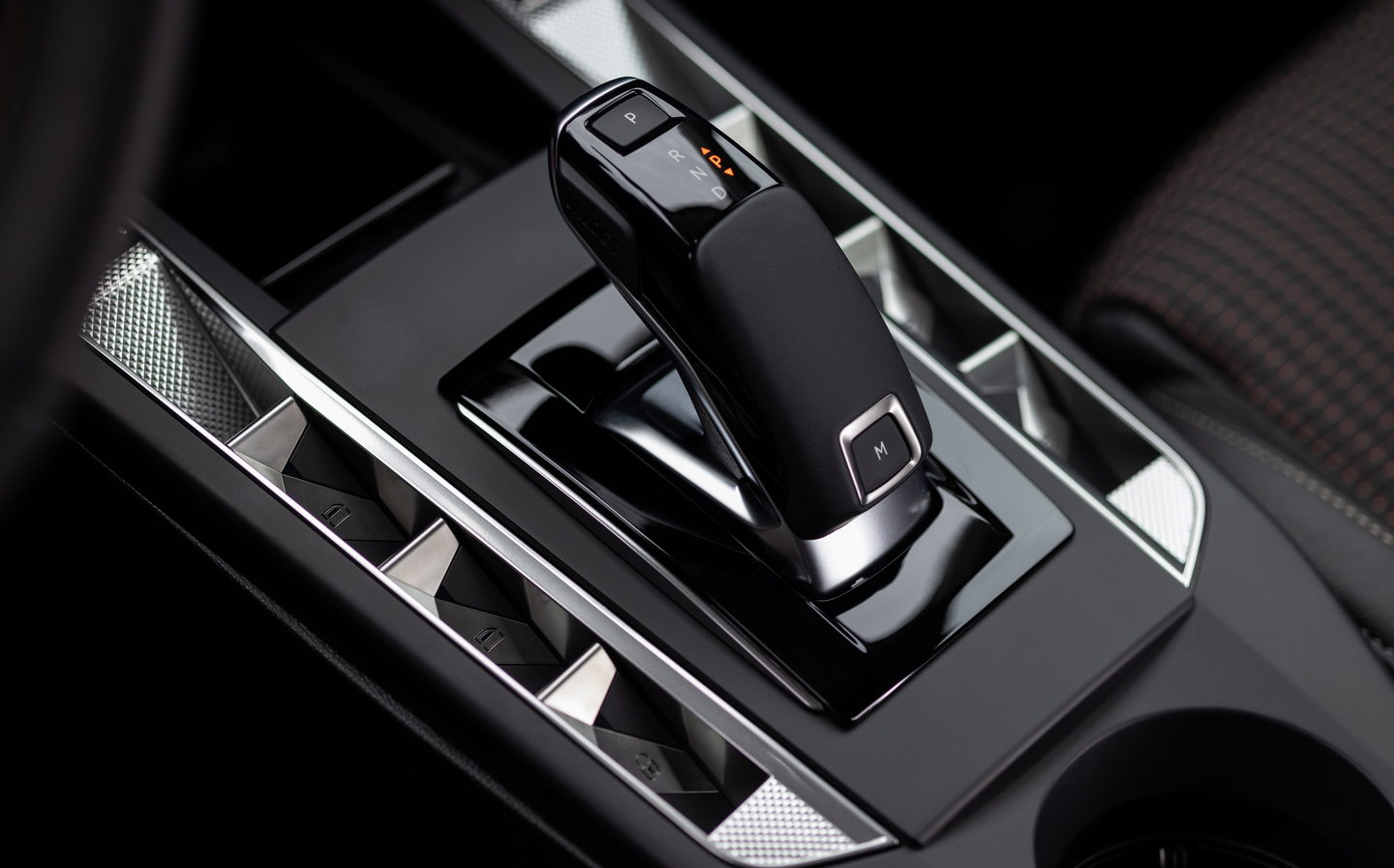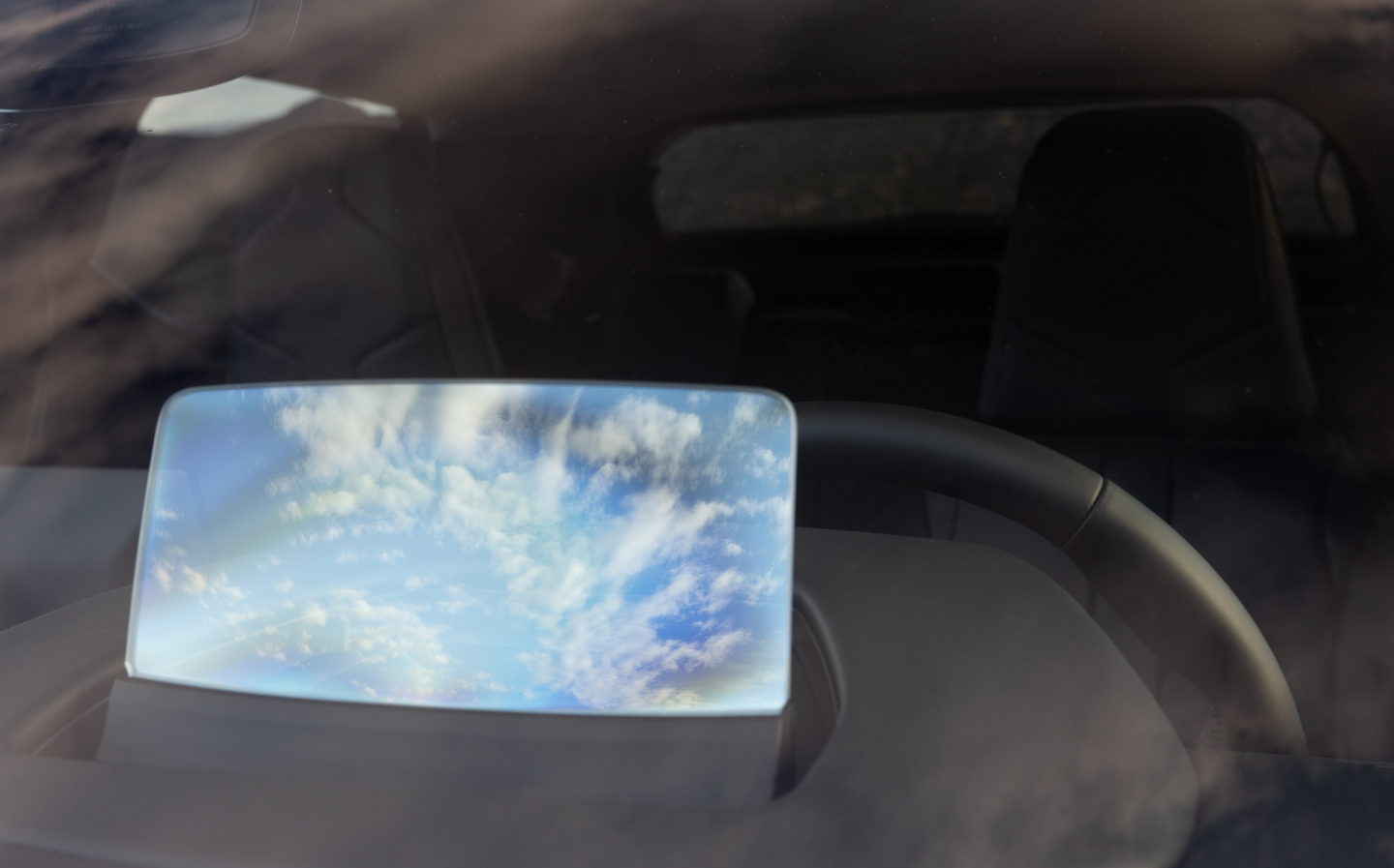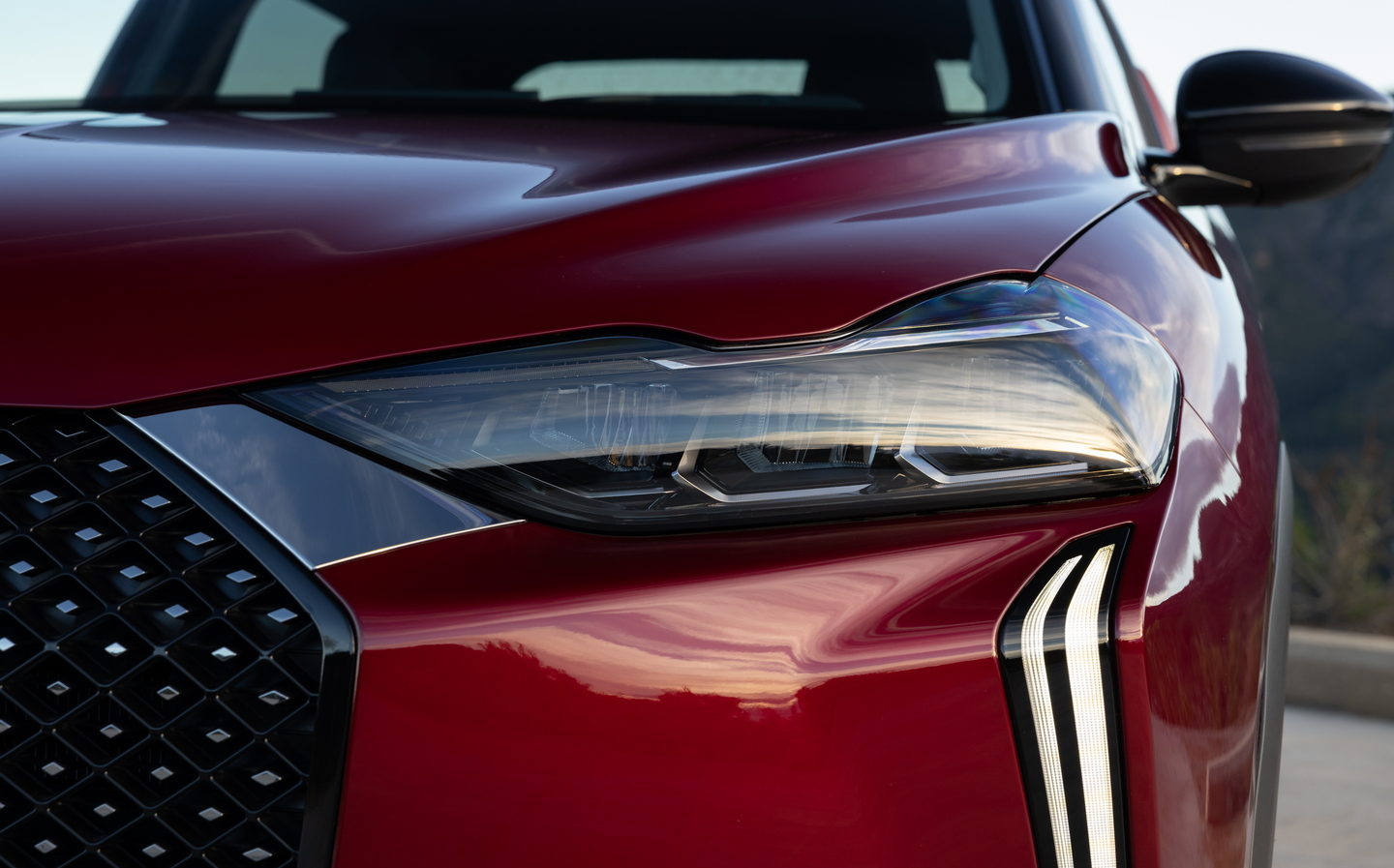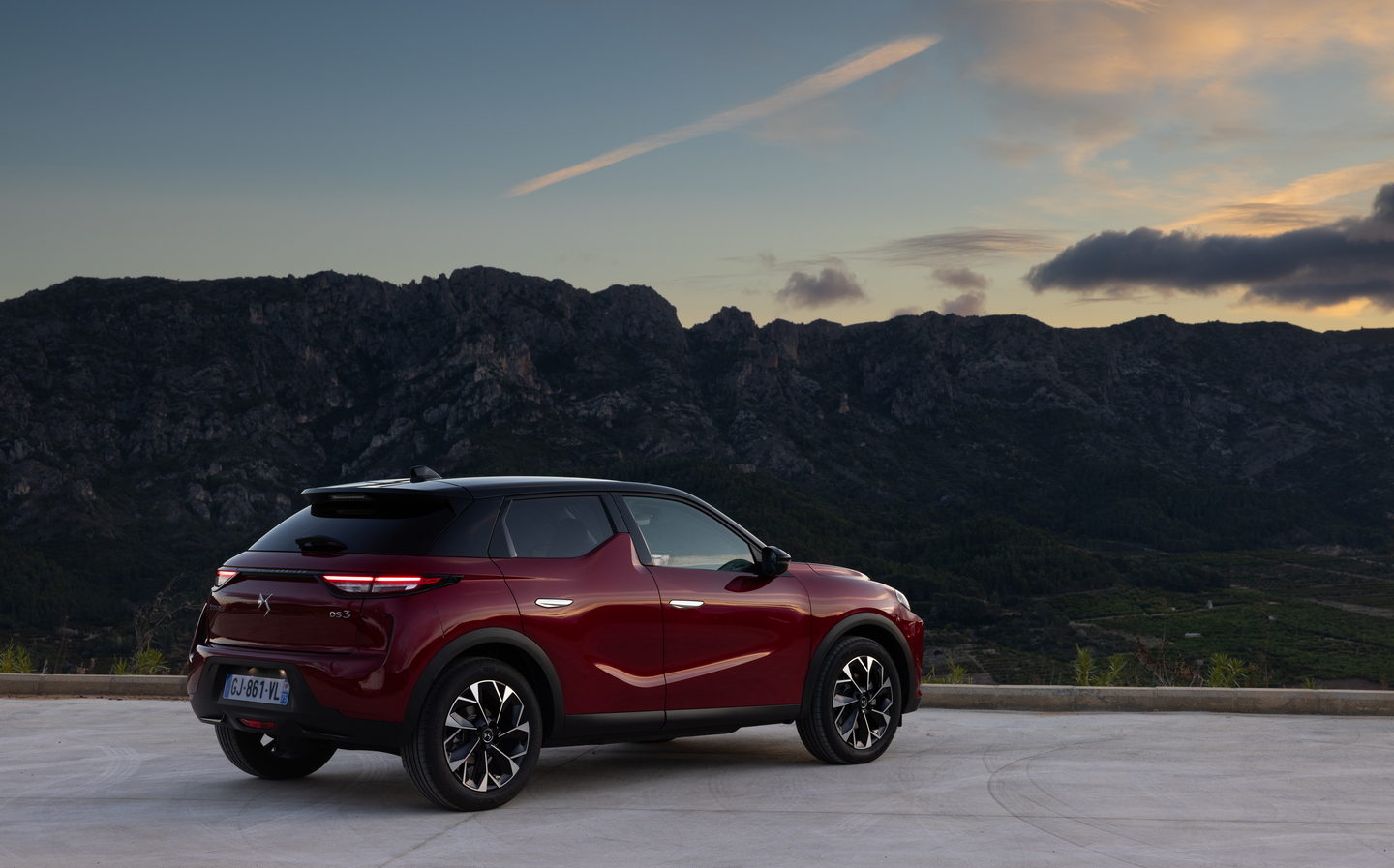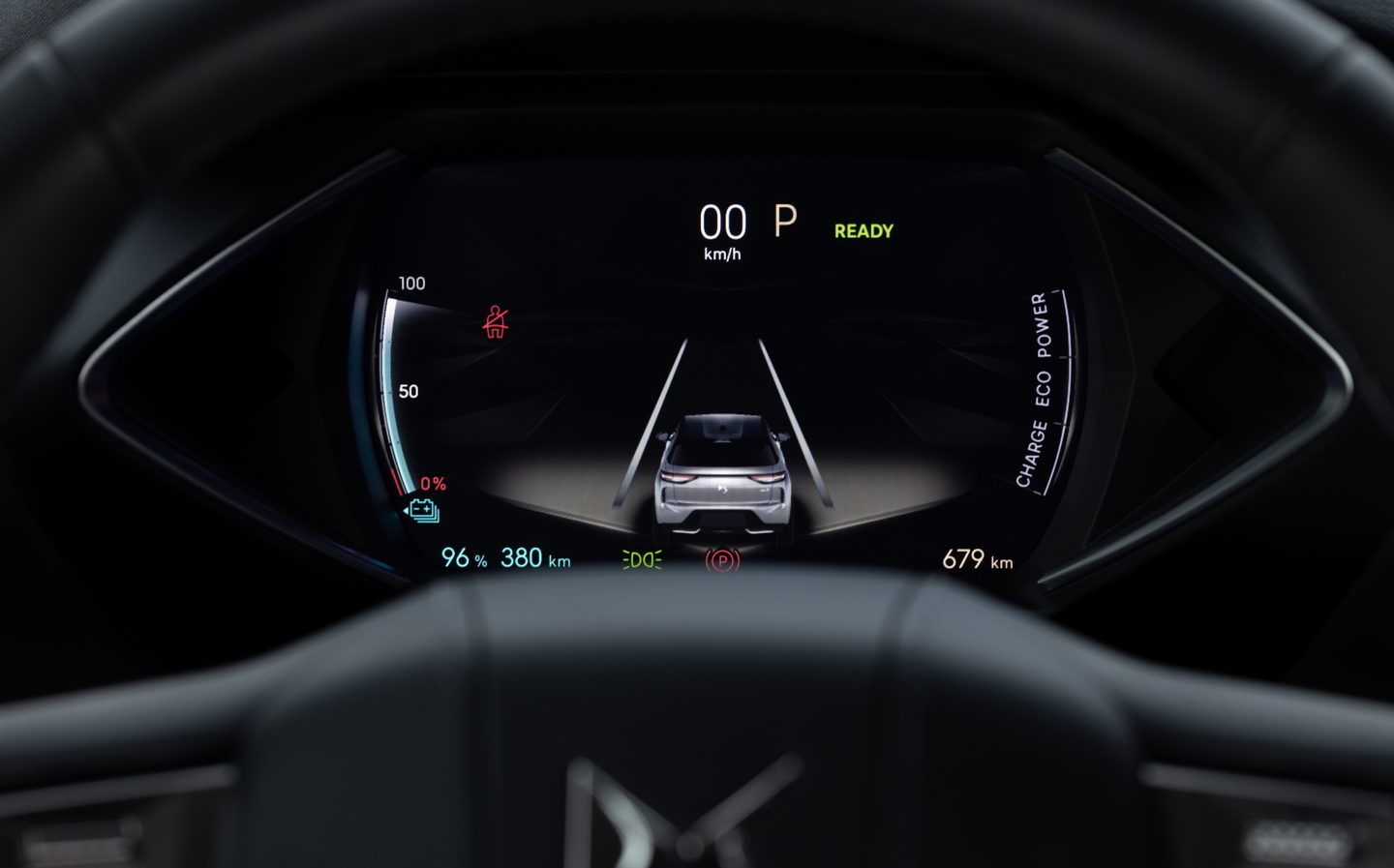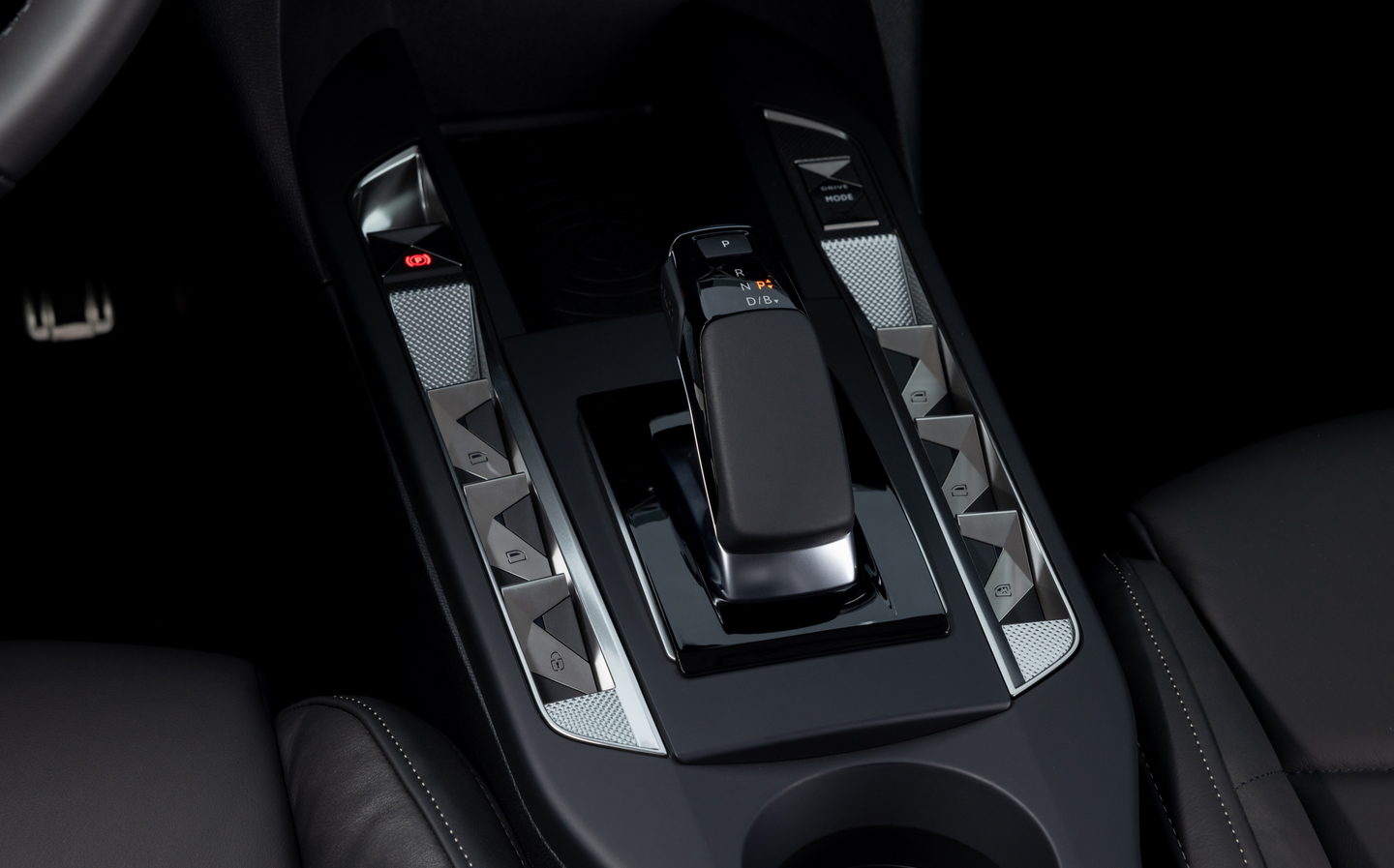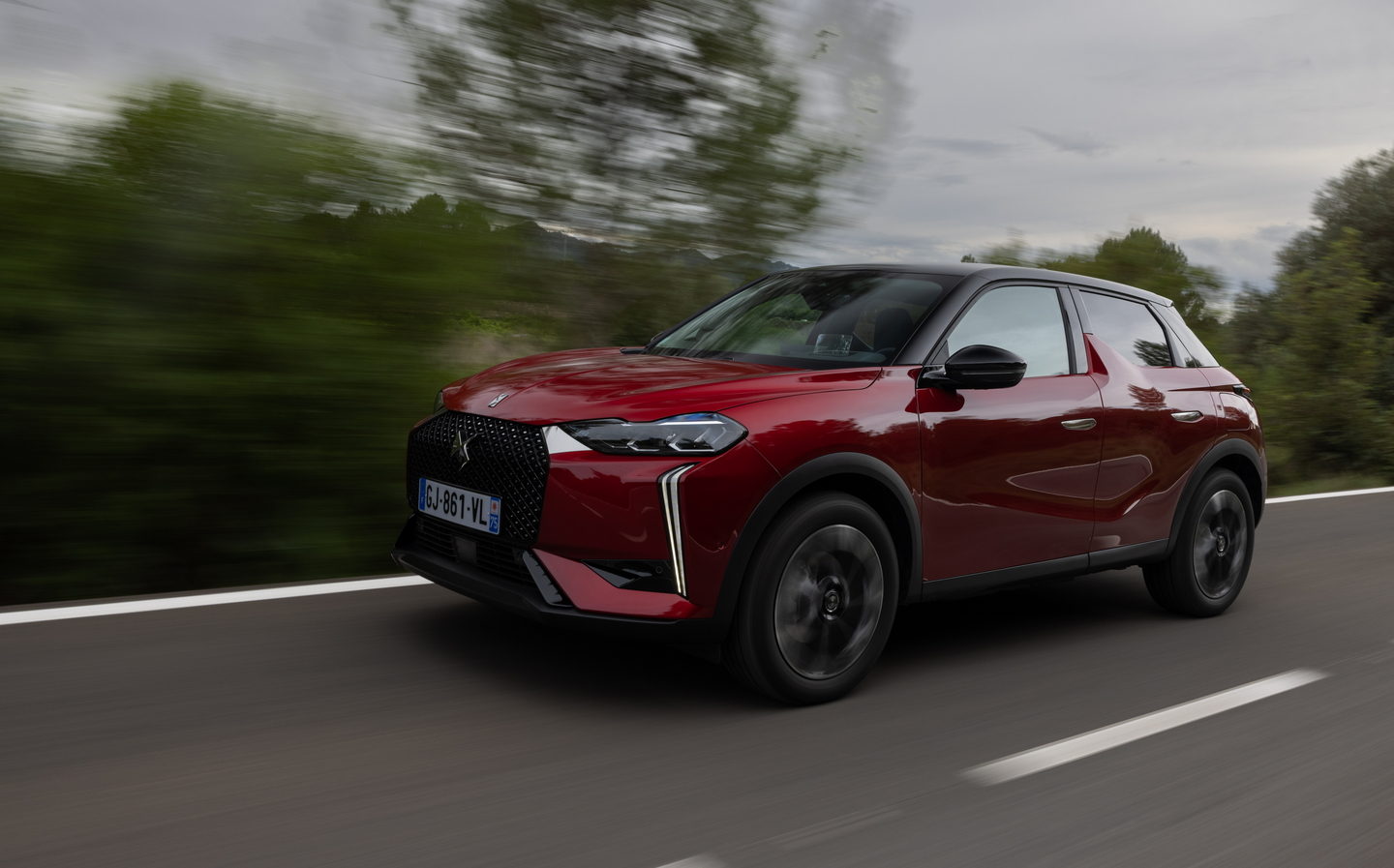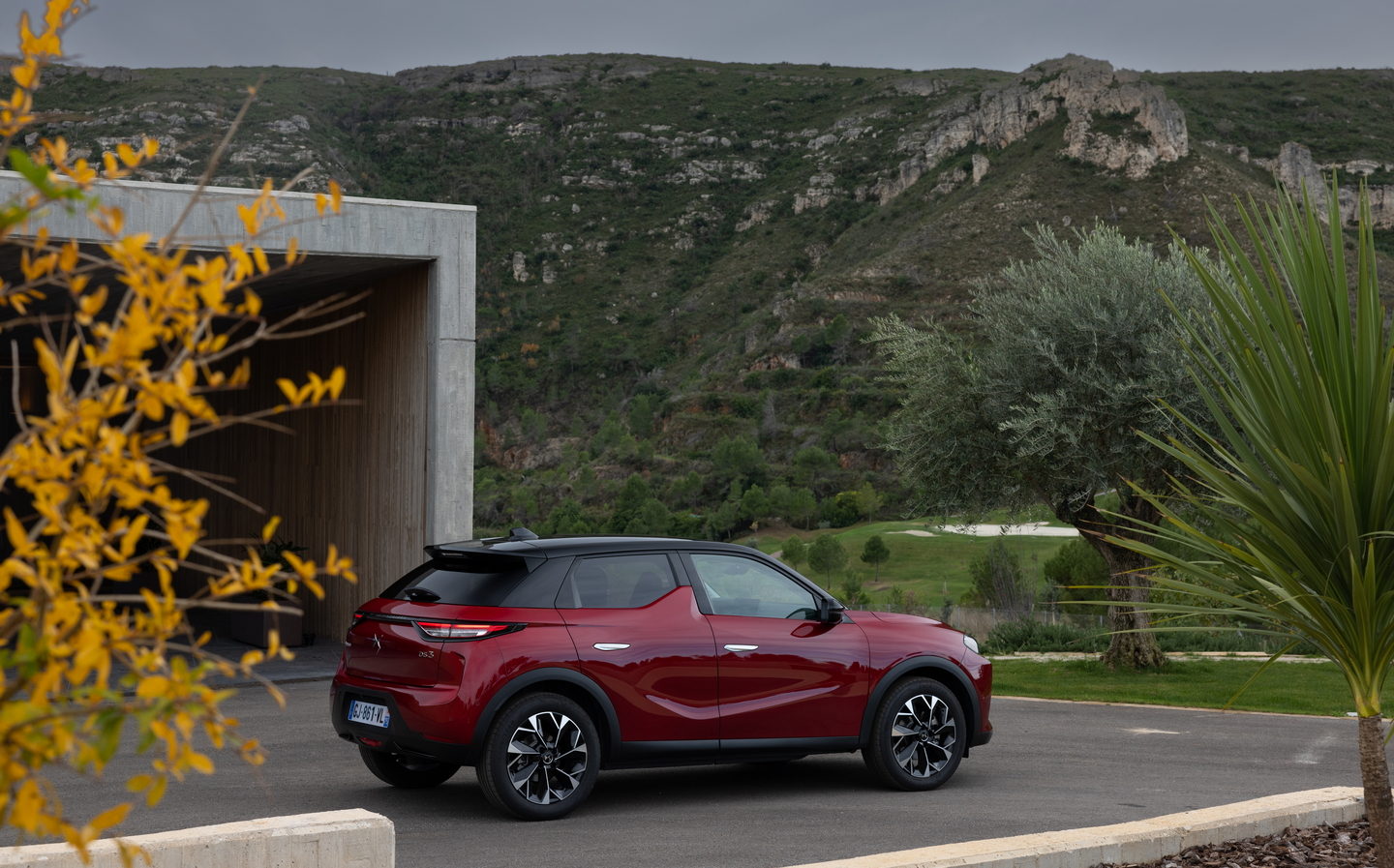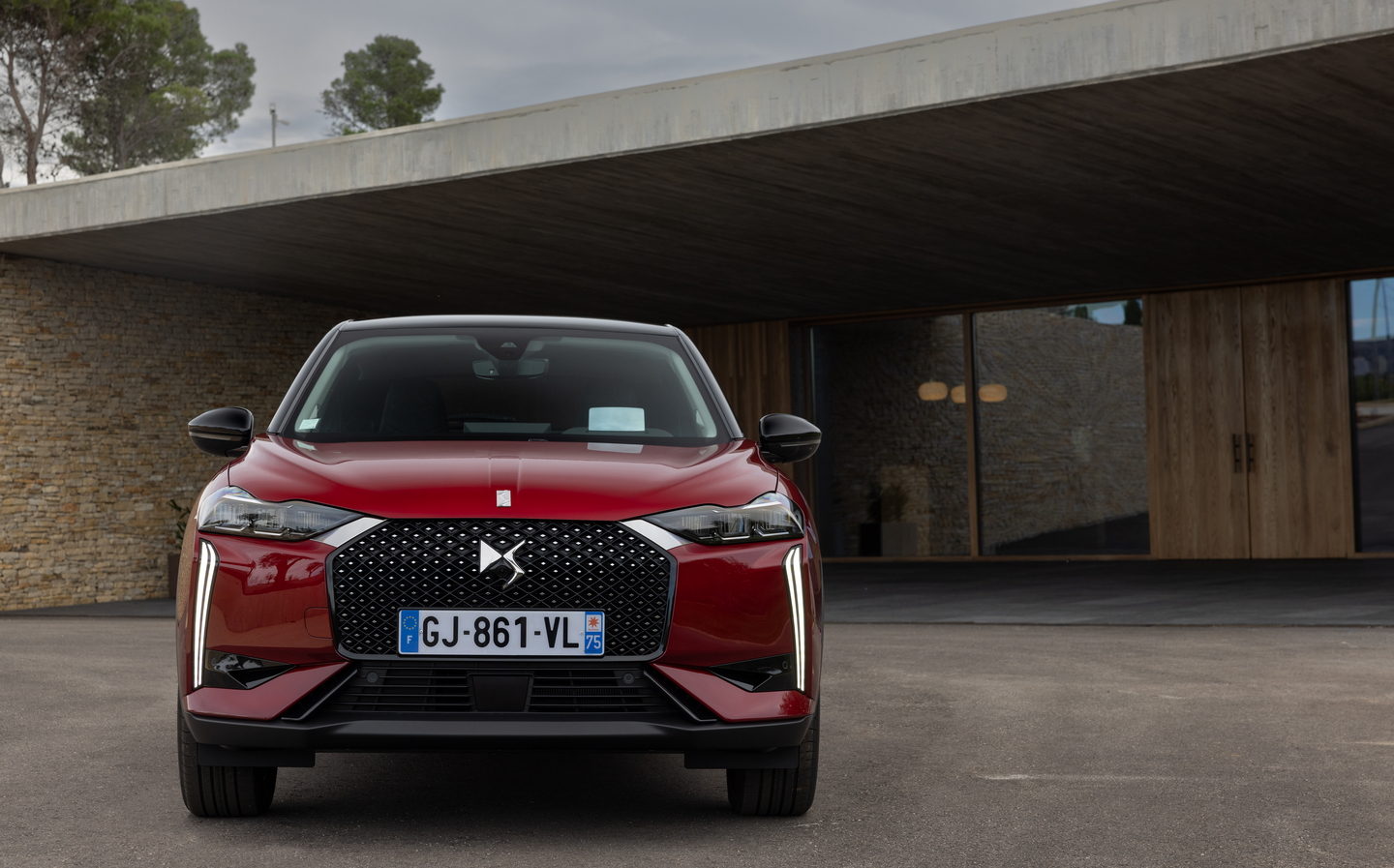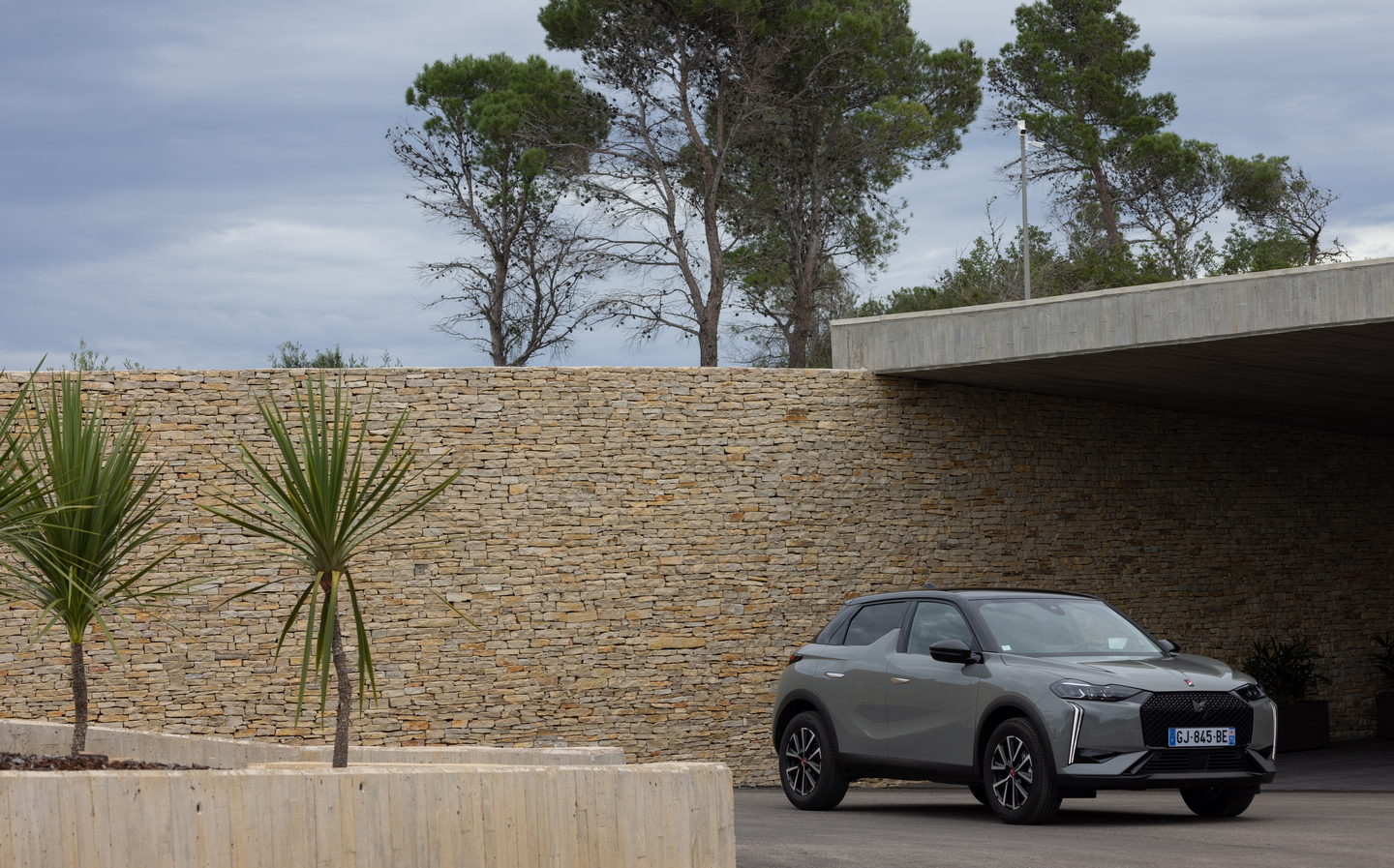DS 3 2023 review: The French premium crossover is back, without the 'Crossback'
A Gallic shrug of a car?
The transition from Citroën offshoot to standalone brand has been tricky for DS Automobiles, particularly after the upmarket French brand canned its best-selling hatchback — the DS 3 — and replaced it with a compact SUV called the DS 3 Crossback. Total bran sales have suffered since then, with fewer than 3,700 new DS cars registered in the UK last year despite the introduction of the new DS 4 hatchback and DS 9 saloon.
The straits aren’t that dire yet — DS still outsold sister brands Jeep, Alfa Romeo and Maserati — but it’s well behind the somewhat more successful Lexus marque and struggling rival Jaguar.
It’s against this backdrop that the updated DS 3 arrives, having dropped the Crossback suffix on its way. It has also gained some improved tech, refreshed styling and, in the case of the E-Tense electric version, more range. It’s a relatively mild update, but with compact SUVs all the rage and few premium alternatives in this size range, it may be enough to make the new DS 3 more competitive than its predecessor.
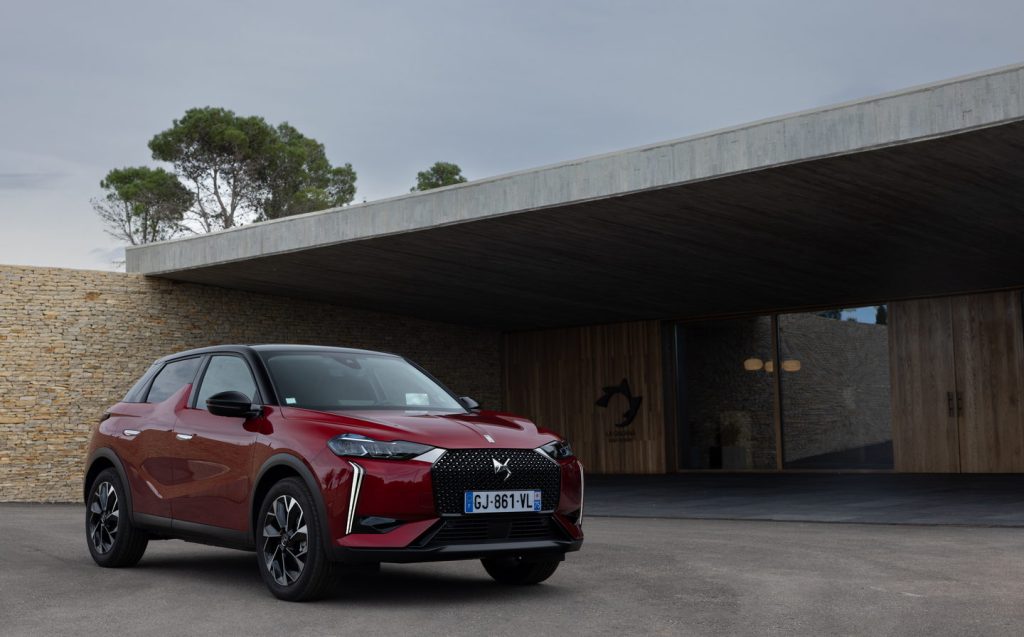
Exterior design and rivals
Externally, the DS 3 hasn’t changed all that much. The basic shape is still very much the same, from the bubbly headlights to the ‘shark fins’ on the rear doors that nod to the original DS 3 supermini. But look closely and you will spot some changes, such as a tweaked front end with a new grille, less chrome and increased use of LEDs, including new daytime running lights. The brand is particularly proud of the little aerofoils at the bottom of the bumper, which it claims have helped with increasing the electric model’s range between charges.
DS is also pleased with its new tailgate decoration, which sees the DS Automobiles name spelled out in stainless steel on the dark panel that stretches between the taillights.
Otherwise, the changes largely depend on which trim level you choose, with basic Performance Line models getting black wheels and matching trim around the grille and door handles, as well as black DS lettering on the nose and tailgate. More upmarket Opera and Rivoli cars, meanwhile, get more chrome garnishes.
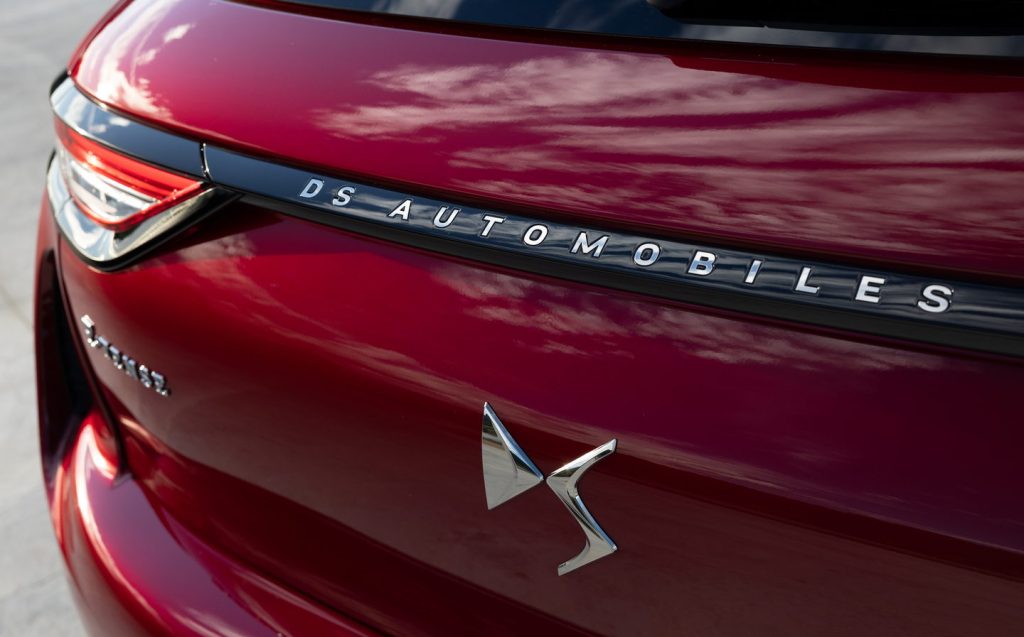
Despite the small changes to the exterior, though, it’s still recognisably the same car. That’s no bad thing — it’s hardly ugly, while the chrome trim ensures it looks stylish and smart enough to be considered alongside established premium brands. Calling it truly beautiful would be a stretch, though. And although the headlights now use LED technology as standard, they are beginning to look a little bit dated.
Interior and practicality
While external design might attract people to a car in the first place, cabin design is a big part of the long-term appeal. DS has tried to freshen the DS 3’s interior with a larger touchscreen and a new steering wheel, as well as modified dashboard switchgear, but the difference is hardly dramatic.
The diamond-shaped button clusters on the dash may aspire to be haute couture but they still don’t feel as solid as the buttons you’d find in a Mini or an Audi, while some may feel the asymmetric design and the mix of plastics used in their construction gives them a slightly messy appearance.
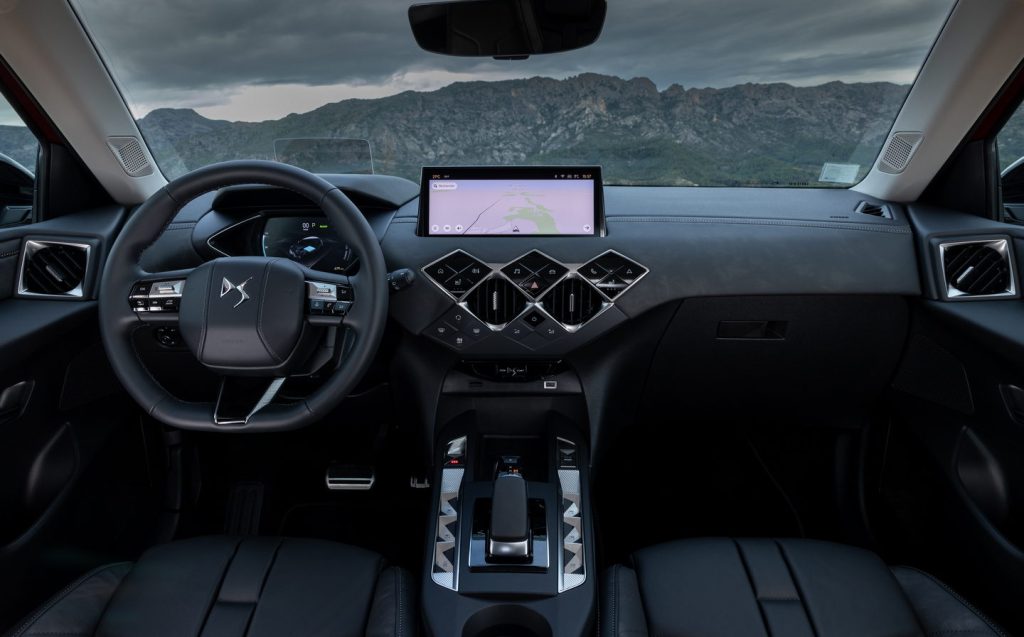
Those switches are a bit of a metaphor for the rest of the cabin, which seems to give with one feature and then immediately take away with another. The swathe of material across the dashboard — be it leather in the Opera and Rivoli models or suede in the Performance Line — feels superb, but it sits next to the hard, unforgiving plastic of the glovebox lid. It’s a running theme that’s also particularly evident on the doors.
There are ergonomic challenges, too, including the window switches on the centre console and the arm rests that seem to dot the doors but disappear at exactly the point where you want them to be. Add in some slightly unconventional steering wheel controls, an oddly positioned drive mode selector and a short-leg, long-arm driving position, and you’ve got a car that very much feels like a case of style over substance. You might get used to bits of it, but some of those annoyances will last for the lifetime of the car.
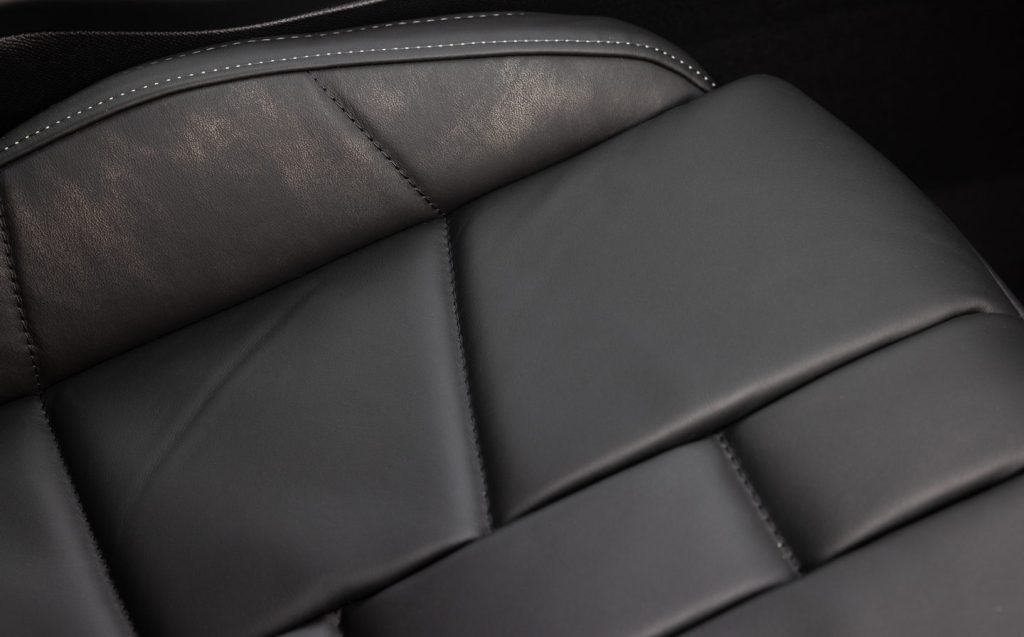
Perhaps the biggest issue with the DS, though, is space in the rear. Fitting four six-foot adults is going to be a challenge, and those in the back are going to get a bit cramped thanks to a lack of rear legroom.
Choose a Performance Line+ model, which comes with black roof lining and tinted rear windows, and the small windows mean it’ll be dark and claustrophobic in there, too.
Of course, that would be fine if you weren’t going to use the rear seats much and the boot was massive as a result, but it isn’t. At 350 litres, it’s smaller than you’ll get in an Audi Q2 or Mini Countryman, and it’s about the same size as the boot in a VW Polo, for reference.
Technology and safety
Chief among the tech updates is the new 10.3in touchscreen, which comes with a glossy finish and the latest software from DS’s parent company, Stellantis. That means much of the technology is shared with sister brands Citroën and Peugeot, albeit with DS-specific graphics and ‘skins’ on the display.
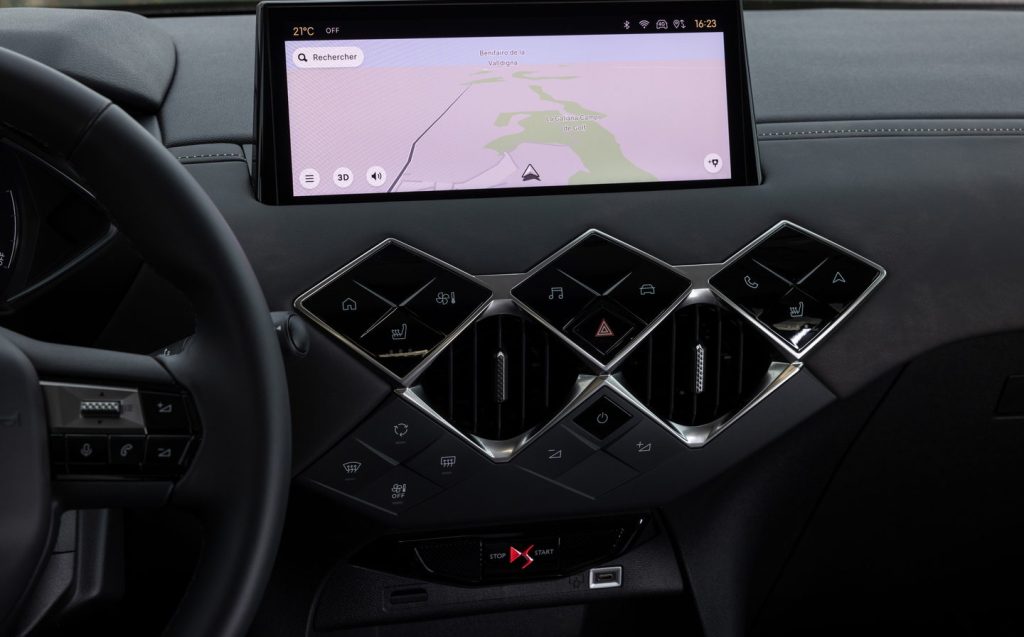
Whatever the system’s provenance, it’s a more user-friendly system than before, when the touchscreen was clunky both in terms of graphics and functionality. Now, the interface is smoother and more modern, although it’s still over-complicated and fiddly at times. Compared with the systems found in Audis and BMWs, it’s behind the curve, but customers moving from the DS 3 Crossback to the new DS 3 will be pleased to see progress.
Even better than the new touchscreen is the digital instrument cluster, which is a little small and fussy in some settings, but it’s sharp and easy enough to reconfigure, allowing drivers to see the information they want. Again, it’s no match for the BMW and Audi equivalents, but it’s good enough for the job.
The same goes for the head-up display, which is projected onto a clear panel that flips up from the top of the instrument cluster. It looks odd compared with modern systems that tend to project directly onto the windscreen, but it works.
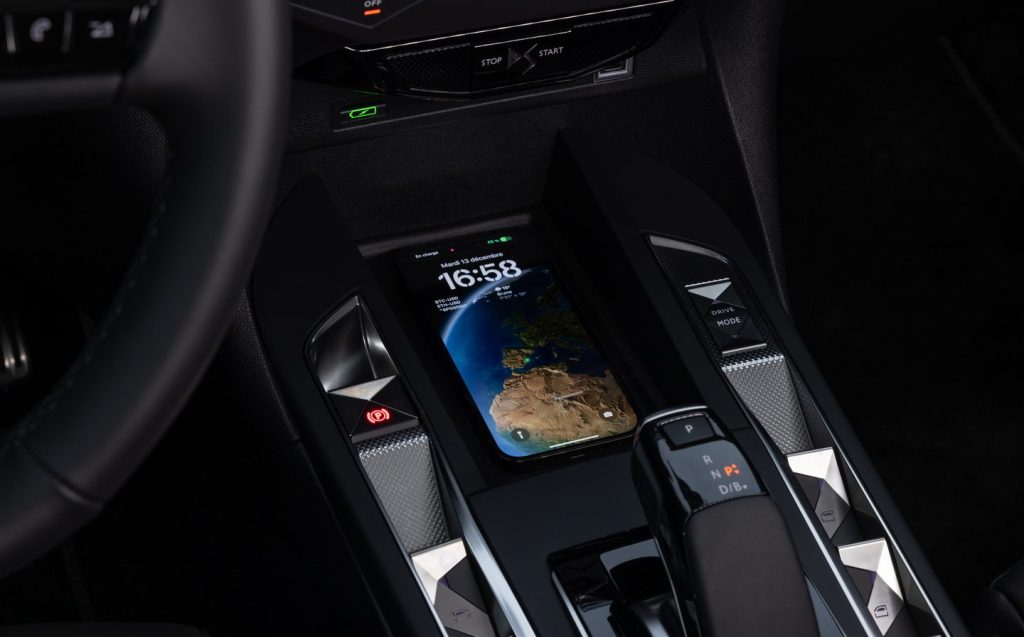
More impressive, however, is the reversing camera, which provides a pin-sharp view of the area directly behind the car, as long as the lens is clean and dry. Admittedly, the 360-degree camera system displayed alongside the rear view is more or less useless, but it doesn’t take up too much of the big new touchscreen.
As you’d expect from a modern car with premium aspirations, the DS 3 comes with plenty of safety tech as standard. Rear parking sensors, autonomous emergency braking and lane departure warning are all included with every model, while cruise control and speed limit recognition are also standard. Front parking sensors, a reversing camera and more advanced safety technology are also standard on range-topping Opera models, while they’re options on the less luxurious versions.
Performance, power output and acceleration
DS 3 customers essentially have a choice of two propulsion systems, with a 1.2-litre petrol engine joined by an all-electric powertrain. The former has up to 129bhp and comes with a six-speed manual gearbox as standard, although those picking more upmarket models get an automatic gearbox as part of the deal. It’s quite a characterful engine that provides adequate power and efficiency, but it’s let down by the automatic transmission, which manages to be jerky at some points and sloppy at others.
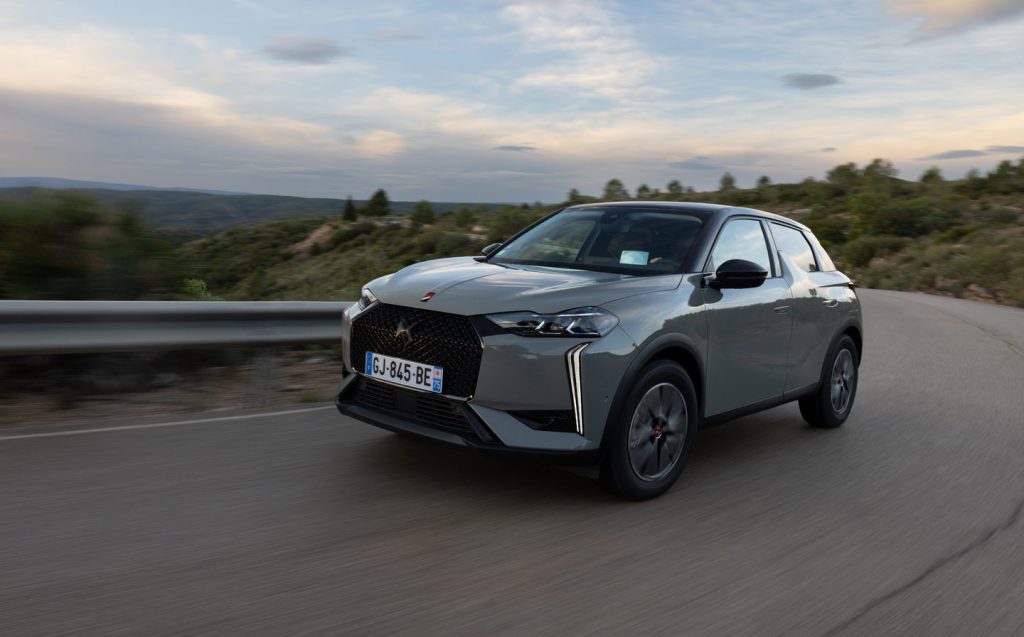
As a result, the E-Tense electric powertrain feels that bit more complete, as well as offering more power and lower running costs — albeit with marginally less flexibility. The 154bhp power output is enough for a nine-second time for 0-62mph, but the car’s mid-range punch is greater than that statistic suggests. It isn’t rapid at any point, but it’s plenty quick enough.
More importantly, it has a new 54kWh battery that’s only marginally bigger than its predecessor on paper, but it offers 25% more range, achieving between 232 and 270 miles on the official economy test. That’s a noticeable improvement on the old car, but it still leaves the DS 3 behind similarly priced electric alternatives.
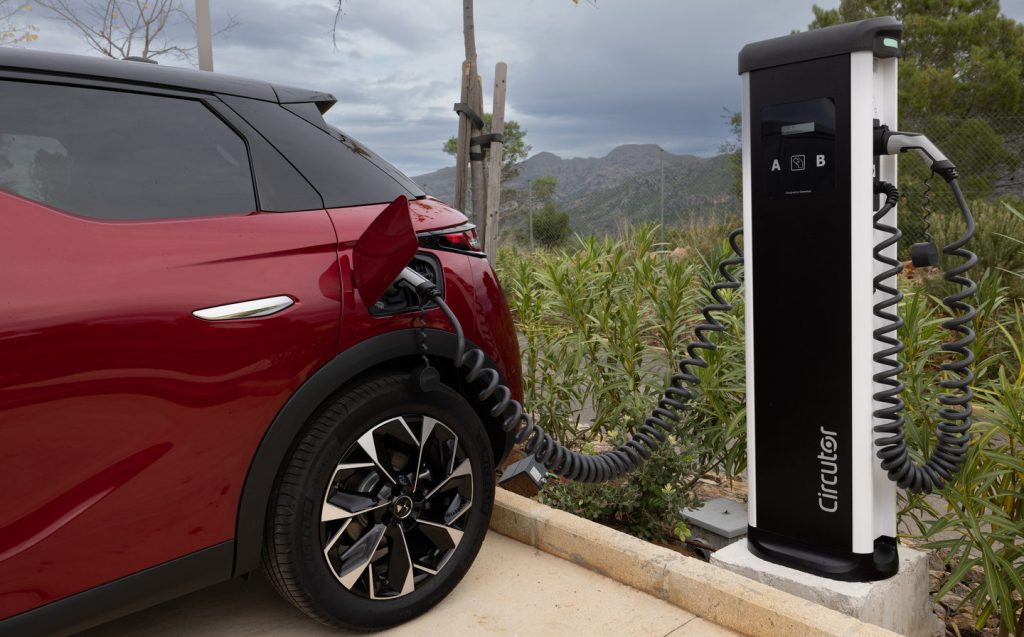
At least topping up the battery can be done relatively quickly, with the ability to charge at up to 100kW. That means you can take the battery from 10% to 80% in half an hour, assuming you plug into a charger that’s powerful enough. Using a conventional 7.4kW domestic ‘wallbox’ charger, it’ll take seven-and-a-half hours to fully charge from empty.
Ride and handling
The petrol and electric versions of the DS 3 behave very differently on the road, with the latter proving significantly more refined and more comfortable, while the former feels slightly lighter on its feet.
Although handling is unlikely to be high on any DS 3 buyer’s list of priorities, both cars steer quite neatly, but the lighter petrol-powered models are definitely more agile than their heavy, battery-powered siblings.
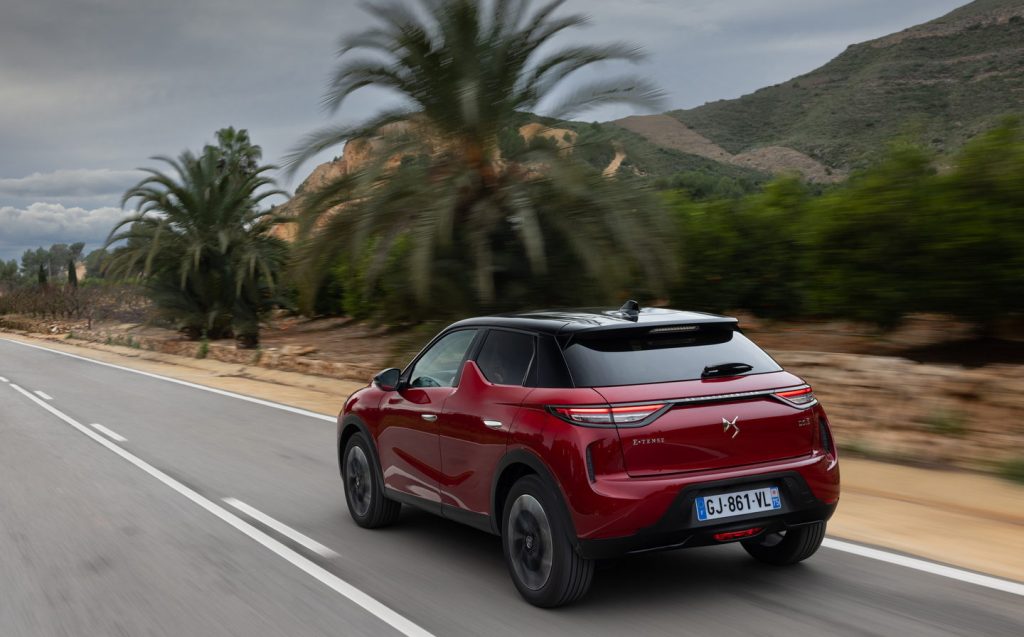
The big difference, though, is the way the two cars ride. Counter-intuitively, the lighter petrol-engined cars are less comfortable than the E-Tense versions, with a distinct choppiness even on relatively smooth road surfaces. It’s almost as though the car’s body is bouncing around on its springs, rather than settling on them. And for a car that’s supposed to differentiate itself from German rivals through comfort, that’s a shame.
Fortunately, opting for the E-Tense improves the ride massively, making the car feel that little bit more settled and stable over bumps. It isn’t perfect – the weight of the battery can drag it over bumps and that seriously impacts the low-speed ride – but it’s generally mature and comfortable, particularly on the motorway.
And that’s only part of the reason why the DS 3 E-Tense is a much more pleasant car to drive than the 1.2-litre equivalent. The other big factor is refinement. Naturally, the electric motor is quiet, but so is everything else about the DS 3. Tyre roar is kept to a minimum and there’s just a whisper of wind noise at speed, so the DS’s cabin is a very relaxing place to be.
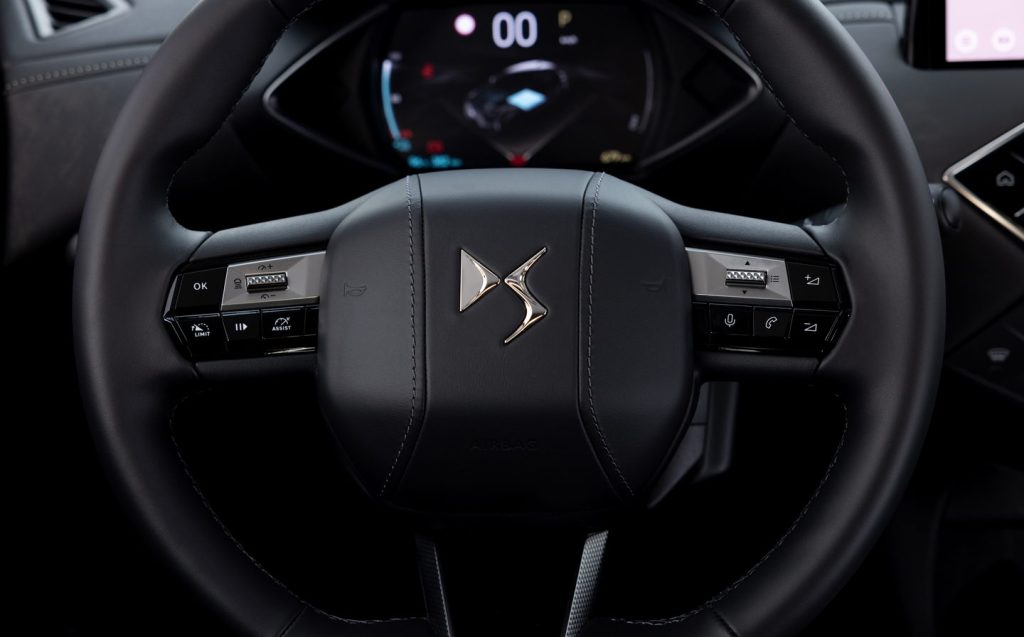
There are other issues, though. The brakes are disconcertingly spongy, with no real feel for what’s going on. That’s partly because the car is using regenerative braking to maximise range as well as using conventional brakes for maximum stopping power, and smoothing out the transition between the two technologies is tough, but other cars do a better job than the DS of that. And when you hit the brakes, the nose of the car takes an almost alarming dive as the suspension struggles to cope.
Pricing and on-sale date
The DS 3 is available to order now with prices from £25,900, which makes it more than £1,000 more expensive than the cheapest Audi Q2 — a car that’s noticeably larger.
The electric DS 3 E-Tense starts at £37,200, which means it costs roughly the same amount as the Volkswagen ID.3, another slightly larger car from a brand that sits on the edge of the premium market.
Those prices only apply to the basic Performance Line model — retail costs rise to almost £43,000 if you want the range-topping Opera trim with the E-Tense powertrain.
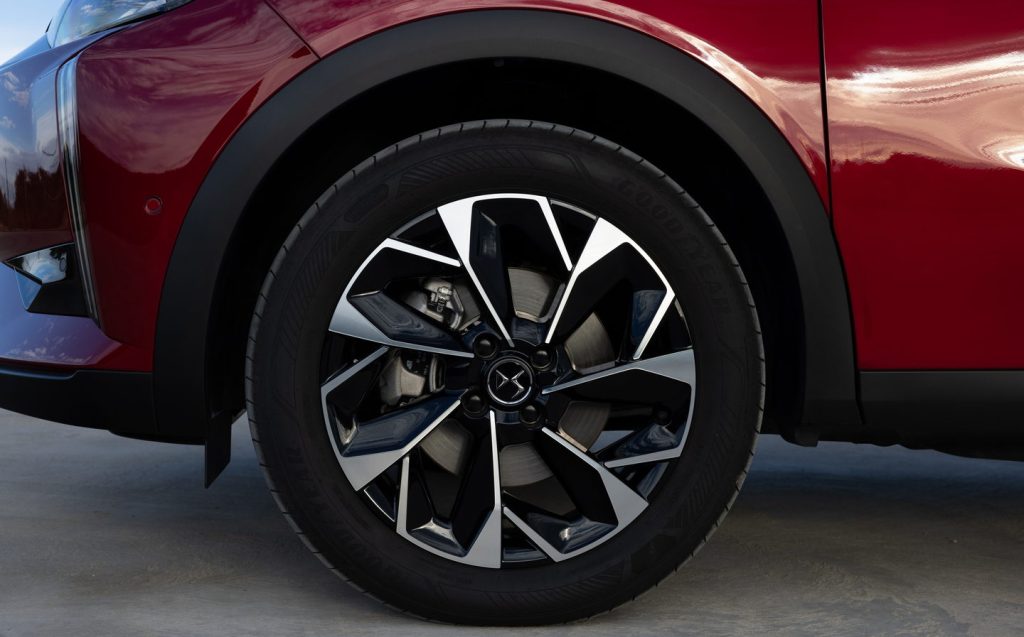
All that said, the Performance Line models aren’t badly equipped. You get Alcantara upholstery, ‘keyless’ push-button start and 17in alloy wheels, as well as black exterior trim, bespoke badging and a new touchscreen.
Upgrading to the Performance Line+ adds larger wheels and keyless entry, while the mid-range Rivoli gets leather upholstery and chrome exterior trim.
Then there’s the top-end Opera with more upmarket leather, electrically adjustable seats and a standard reversing camera, plus the head-up display and wireless phone charging.
Verdict: DS 3 review
Strangely enough for a supposedly premium car, the DS 3 is at its best in less luxurious guises, where the price point is more representative of the product. Look past the quality and size issues, and it isn’t a bad compact SUV — particularly in E-Tense electric form — but with alternatives offering more space, better material quality and, in the case of the E-Tense, a longer range, the DS 3 struggles to justify its lofty price tag.
Related articles
- After reading our review of the updated DS 3, you might also be interested to read the best city cars to buy
- Here are some of the best compact SUVs and crossovers to buy
- Car makers’ electric vehicle plans for 2023 and beyond
Latest articles
- Bedeo Defender 110 2024 review: Does electric Landie with in-wheel motors make for a perfect off-roader?
- F1 2024 calendar and race reports: What time the next grand prix starts and what happened in the previous rounds
- BYD Seal U 2024 review: Chinese brand adds plug-in hybrid SUV to its electrified line-up
- New Mini John Cooper Works revs up for Nürburgring 24-hour race debut
- Ineos Grenadier Quartermaster 2024 review: British pick-up is a tough mudder but too flawed to be a real workhorse
- Mini Cooper SE 2024 review: All-new electric hatchback is playing to the crowd
- Jeep Wrangler 2024 review: Impressive off road but you’d still have to be a committed contrarian to buy one
- Around 500 Ford workers in UK could go on strike over cost-of-living pay dispute
- Durham solar car team to take part in 24-hour race with smart tyres and night-driving solution



